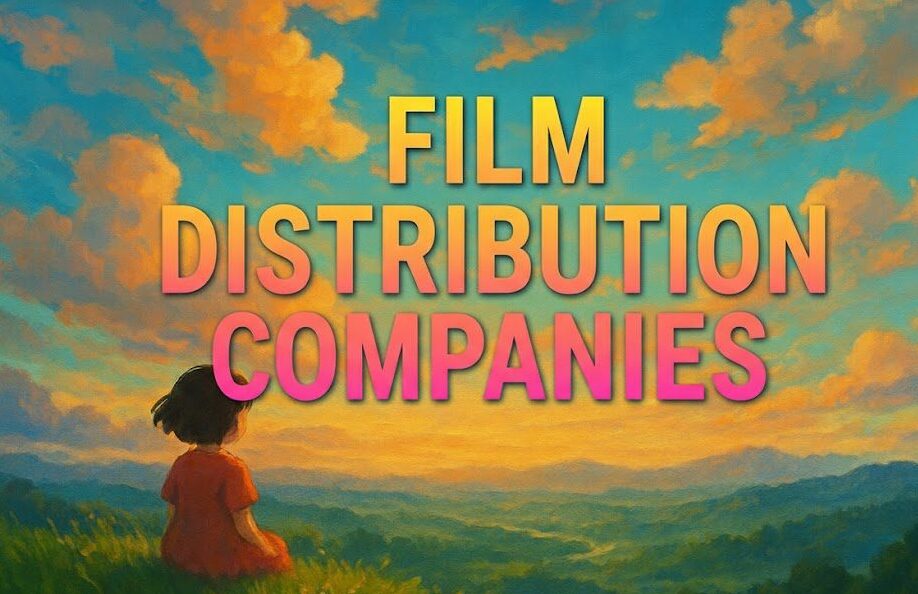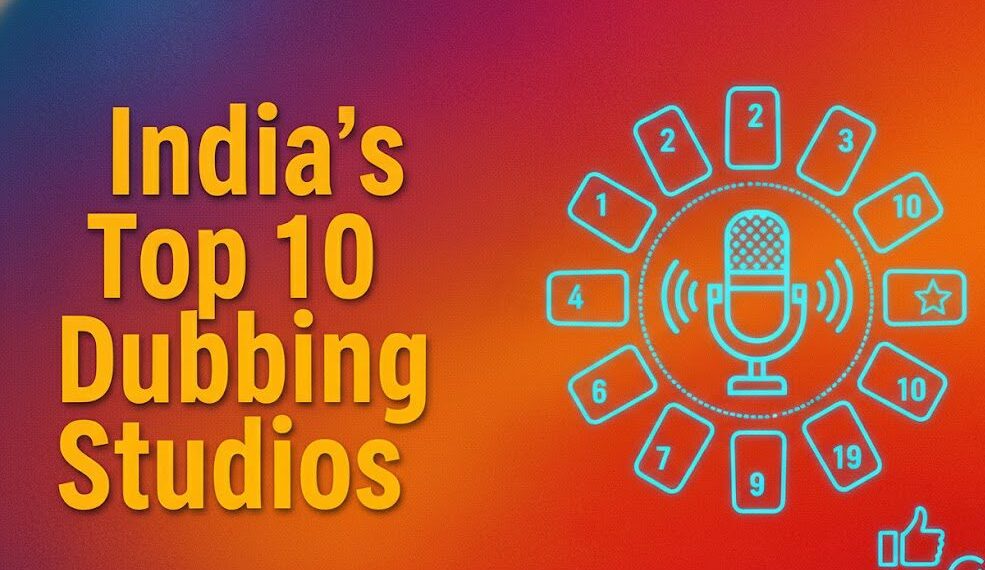Introduction
You’ve poured your heart, soul, and a ton of money into producing a feature film. The final cut is brilliant. But now comes the real challenge: getting it in front of millions of eyeballs. If you’re struggling to find broadcast partners for films, you’re not alone. It feels like trying to find a secret door without a map. Where do you even begin?
The truth is, securing a broadcast deal can feel overwhelming. The industry is opaque, the right contacts are guarded, and a single misstep can cost you the deal of a lifetime. But here’s the good news: it’s not impossible. It’s a process. And like any process, it can be learned and mastered.
In this post, I’m going to walk you through the exact 5 steps you need to take to find and secure the right broadcast partners for your feature film. No fluff, just actionable strategies that work.
Table of content
- Introduction
- Key-Takeaways
- Step 1: Get Your House in Order – The Perfect Pitch Package
- Step 2: Stop Guessing – Identify the Right Broadcast Partners
- Step 3: Use Your Secret Weapons – Film Markets and Data
- Step 4: Make Contact – How to Pitch Without Getting Ignored
- Step 5: The Finish Line – Negotiating and Closing Your Deal
- How Vitrina Streamlines Finding Broadcast Partners
- Conclusion
- FAQs
Key Takeaways
| Strategy | Why It Matters | Action Item |
|---|---|---|
| Perfect Your Pitch Package | First impressions are everything. A professional package shows you’re serious and makes a buyer’s job easier. | Create a one-sheet, a compelling trailer, and a password-protected screener link. |
| Identify the Right Partners | Pitching to the wrong broadcaster is a waste of time. Targeted outreach yields much higher success rates. | Research broadcasters whose programming and audience demographics align with your film. |
| Leverage Data & Markets | Data helps you identify real opportunities, not just guesses. Film markets are where deals happen. | Use platforms for market intelligence and plan to attend key film markets like AFM or EFM. |
| Master the Art of the Pitch | A great pitch is more than a summary; it’s a story that sells your film’s commercial and cultural value. | Craft a concise email pitch that highlights your film’s unique selling points and target audience. |
| Negotiate & Close the Deal | Understanding deal terms is crucial to protecting your rights and maximizing revenue. | Consult with an entertainment lawyer to review licensing terms, duration, and territories before signing. |
Is Your Film Ready for a Global TV Audience?

Step 1: Get Your House in Order – The Perfect Pitch Package
Before you even think about contacting a broadcaster, you need to have your materials locked and loaded. Acquisition executives are incredibly busy. They won’t chase you for a missing poster or a broken screener link. You have one shot to look professional.
Your pitch package is your film’s resume. Make it count.
What You Absolutely Need:
- A Professional One-Sheet: This is a single-page PDF that includes your film’s poster, logline, a short synopsis, key cast and crew, technical specs, and your contact information. It’s a quick, digestible overview.
- A Killer Trailer: Your trailer (usually 90-120 seconds) must sell the genre, tone, and core conflict of your film. This is often the first thing a buyer will look at. If the trailer doesn’t hook them, they won’t watch the film.
- A Secure Screener Link: Use a professional service like Vimeo with a password. Never send a downloadable file unless requested. Make sure the link is reliable and works perfectly.
- Key Art & Stills: Have your poster and a handful of high-resolution production stills ready to go. These are crucial for marketing.
Getting this package right shows you respect the buyer’s time. It signals that you’re a professional who is ready to do business.
Step 2: Stop Guessing – Identify the Right Broadcast Partners
Sending your horror film to a family-friendly broadcaster is a guaranteed path to rejection. The biggest mistake producers make is the “spray and pray” approach. It doesn’t work. You need to be a sniper, not a machine gunner.
Your goal is to build a highly targeted list of potential broadcast partners for films whose brand and audience align perfectly with your project.
How to Find the Right Fit:
- Analyze Their Current Programming: What kind of movies do they acquire? Look at their primetime slots and streaming catalogs. If they recently bought three indie dramas similar to yours, they are a strong potential target.
- Understand Their Audience: Who watches their channel? Is it young adults, families, or an older demographic? Your film needs to resonate with their viewers. Broadcasters know their audience inside and out. Show them you do, too.
- Identify Their Geographic Reach: Are you looking for a deal in a specific territory (like North America or Western Europe) or a pan-regional broadcaster? Tailor your list accordingly.
Doing this research upfront will save you hundreds of hours and dramatically increase your response rate.
Step 3: Use Your Secret Weapons – Film Markets and Data
The old way of finding partners was all about who you knew. The new way is about what you know. Data is your unfair advantage.
Film markets and industry events are still critical for face-to-face networking, but you need to go in prepared. Walking the floors of the American Film Market (AFM) or the European Film Market (EFM) without a plan is a recipe for failure.
How to Use Data and Markets Effectively:
- Leverage a B2B Marketplace: This is where the game changes. Instead of relying on outdated lists, use a dynamic platform to find partners. You can filter by territory, type of content they acquire, and even see their recent activity. This is the fastest way to build that targeted list we talked about in Step 2.
- Track Who is Buying What: Modern tools allow you to see which broadcasters and streamers are actively acquiring content like yours. Imagine knowing who is on a buying spree before you even send an email. That’s powerful.
- Schedule Meetings in Advance: Once you have your target list, reach out 4-6 weeks before a major market to schedule meetings. An acquisition executive’s calendar is completely booked by the time the market starts.
Don’t just show up to a market; show up with a data-driven plan and a schedule full of meetings with the *right* people.
Stop Guessing. Start Connecting.

Step 4: Make Contact – How to Pitch Without Getting Ignored
You’ve got your package and your target list. Now it’s time to reach out. The subject line of your email is the most important sentence you will write. It determines whether your email gets opened or sent straight to trash.
The Perfect Email Pitch:
- A Killer Subject Line: Be specific. “Submission: [Your Film Title] – [Genre] for [Broadcaster Name]” is a good start. Example: “Submission: The Last Echo – Sci-Fi Thriller for XYZ Channel”.
- Keep it Short and Sweet: Introduce yourself and your film in the first two sentences. State why you are contacting them specifically. “I’m contacting you because your channel is a leader in sci-fi programming, and my film, ‘The Last Echo,’ would be a strong fit for your audience.”
- Hook Them with Comps: Provide 1-2 comparative film titles. “It’s ‘Blade Runner’ meets ‘District 9’.” This gives them an instant frame of reference.
- Include the Essentials: Add your logline, a link to the trailer, and the password-protected screener link. Mention any notable cast or festival awards.
- End with a Clear Call to Action: “I’ve attached our one-sheet for your review and the screener is available via the link below. Are you the right person to review this, or could you please direct me to the appropriate acquisitions executive?”
Follow up once, about a week later. If you don’t hear back, move on. Don’t be a pest.
Step 5: The Finish Line – Negotiating and Closing Your Deal
Congratulations! A broadcaster is interested. They want to make an offer. This is a huge milestone, but don’t pop the champagne just yet. The deal isn’t done until the contract is signed.
You need to understand the key terms of a licensing agreement. If you’re not an expert, this is where you absolutely need an entertainment lawyer.
Key Deal Points to Understand:
| Term | What It Means |
|---|---|
| License Fee | The amount of money the broadcaster will pay you. This can be a flat fee or a more complex revenue-sharing model. |
| Territory | The specific geographic regions where the broadcaster has the right to air your film. Be as specific as possible. |
| Term/Duration | The length of time they have the rights. This is typically 2-5 years. You want to avoid granting rights “in perpetuity.” |
| Exclusivity | Whether the rights are exclusive or non-exclusive. An exclusive deal means you cannot license the film to anyone else in that territory for the duration of the term. |
| Media | The specific platforms they can use (e.g., Free TV, Pay TV, SVOD, AVOD). Be clear about which rights you are granting. |
Navigating this final step carefully ensures you get a fair deal that protects your film’s long-term value. Don’t rush it.
How Vitrina Streamlines Finding Broadcast Partners
Feeling like these steps are a full-time job? They can be.
This is exactly why a platform like Vitrina is a game-changer for producers and sales agents.
Instead of spending months manually researching and cold-emailing, Vitrina provides a centralized, data-rich marketplace. You can instantly search and filter thousands of verified broadcast partners for films, analyze their acquisition history, and identify the right contacts.
Vitrina transforms a frustrating, opaque process into an efficient, data-driven strategy, connecting you directly with active buyers and giving you the market intelligence needed to close deals faster.
Conclusion
Securing broadcast partners for your film is a marathon, not a sprint. It requires preparation, strategic research, and persistent, professional outreach.
By perfecting your pitch package, identifying the right partners through data, mastering your pitch, and negotiating smartly, you can turn the daunting task of film distribution into a repeatable, successful process. You’ve already done the hard work of making a great film. Now it’s time to get it seen.
What’s the first strategy you’re going to try? Let me know in the comments.
Ready to stop searching and start connecting? Take the guesswork out of finding broadcast partners. Get your Vitrina Membership today and access a global network of buyers ready to discover your film.
Frequently Asked Questions
A distributor often acquires multiple rights (theatrical, home video, TV) and works to sell those rights to different outlets. A broadcast partner is a specific type of outlet—a television network or streamer—that acquires the rights to show a film on their platform. You might work with a distributor to find broadcast partners, or you might go direct-to-broadcaster.
License fees vary dramatically based on the film’s genre, cast, production value, the broadcaster’s size, and the exclusivity of the deal. It can range from a few thousand dollars for a small cable channel to millions for a major network or streamer acquiring a blockbuster film.
While not strictly necessary, a good sales agent can be invaluable. They have established relationships with acquisition executives and deep knowledge of the marketplace. However, with platforms like Vitrina, producers now have more power than ever to forge their own connections directly.
Market trends shift, but there’s always a demand for high-quality content with a clear audience. Currently, true-crime documentaries, uplifting stories, and genre films (sci-fi, thriller, horror) with a unique hook are performing well. The best way to know for sure is to use a data tool like Vitrina’s Project Tracker to see real-time acquisition trends.






































